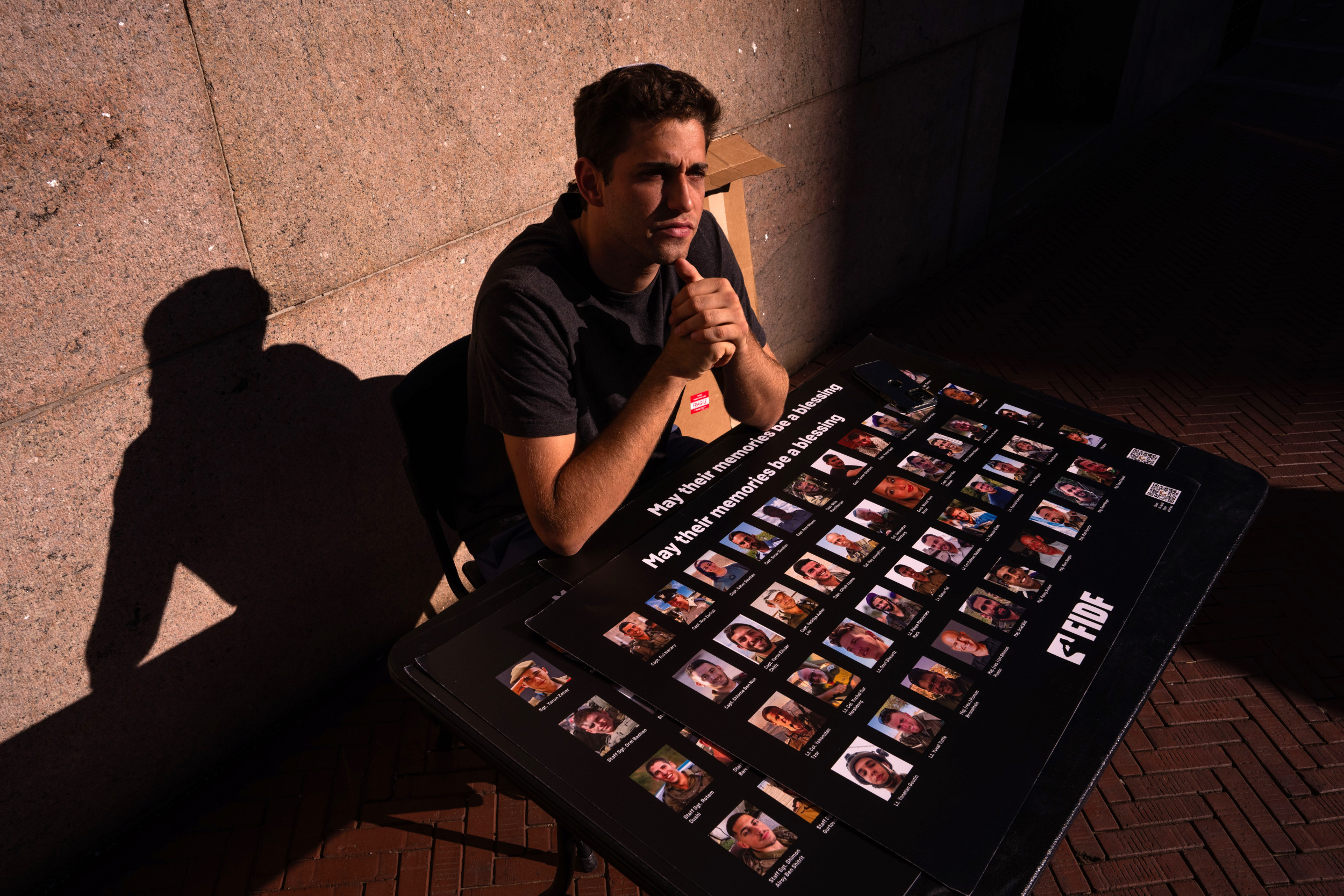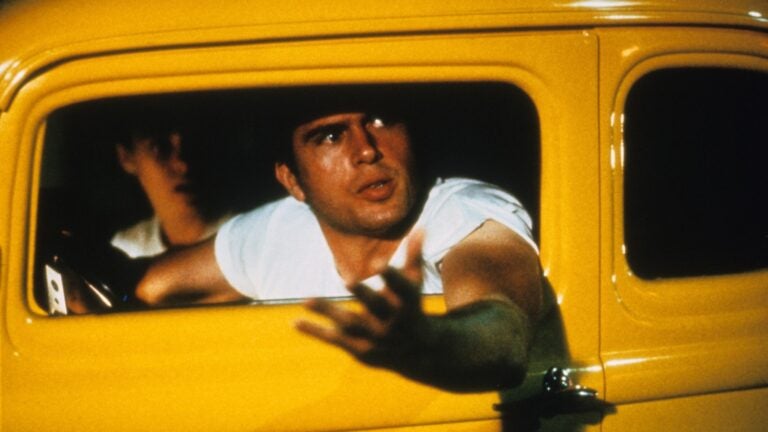The real Edward Gorey

And yet, outside artistic circles and goth subculture — no Gorey, no goth — Gorey’s name and oeuvre are relatively unknown. Sure, some older folks light up when you tell them Gorey created the iconic opening sequence for PBS’s Mystery! series. And Gorey’s blockbuster hit, his macabre alphabet book The Gashlycrumb Tinies — “A is for Alice who fell down the stairs, B is for Boris, devoured by bears,” etc. — has made its way onto mugs, T-shirts, and calendars. But the man himself, and his hundreds of hand-lettered, meticulously illustrated, nonsensical books? Aside from a small, obsessive fan base, they continue to be widely neglected. I am one of those obsessive fans. From where I sit typing these words, I can see my long single bookshelf dedicated entirely to Gorey, both books he wrote and books he illustrated. In truth, the shelf isn’t long enough. Gorey was a firehose of creativity, producing covers for hundreds of Doubleday books, illustrating hundreds more, and writing and illustrating 116 of his own. His oeuvre is so staggeringly large it’s hard to imagine how he fit in his numerous pastimes: religious attendance of the New York City Ballet, omnivorous reading in French and English — Gorey majored in French at Harvard University, where he roomed with the poet Frank O’Hara — and a mania for collecting unusual objects of all kinds, including bottles and stones. I have always wondered why Gorey never ascended to the cultural heights occupied by other eccentric geniuses — the Wikipedia article about goth subculture bizarrely fails to mention him. He’s often referred to as “ahead of his time,” but that didn’t stop Pablo Picasso or David Bowie from becoming wildly famous. Nor was Gorey a boring person — his personal aesthetic was a phenomenal combination of gorgeous cable-knit sweaters, extravagant fur coats, white Converse sneakers, and an imposing, well-groomed beard. And he wasn’t averse to the limelight, either: In a 1978 interview, he was asked if he was “skittish about being a cause célèbre,” to which he replied, “No, surprisingly.” Whatever the reason, Gorey’s relatively low profile means fans, including me, have little with which to unravel the enigmatic personality who produced thousands of extraordinarily influential, meticulously cross-hatched ink drawings to accompany dark absurdist stories — if collections of nonsequiturs qualify as “stories.” The few books and articles about him are well and good, but I find them lacking in, for lack of a better word, spirit. Even his interviews seem stilted, as if Gorey is playing a role, rather than being himself. Enter From Ted to Tom: The Illustrated Envelopes of Edward Gorey. It’s a lavishly produced book that documents a remarkable correspondence between Gorey and a fan-turned-friend named Tom Fitzharris. After Fitzharris reached out to Gorey in New York City, the two met frequently for dinner, coffee, and, of course, ballet. But when summer came, Gorey went to Cape Cod, which meant he had to correspond with his new friend by post. Gorey sent Fitzharris 50 elaborately illustrated envelopes, often front and back, and, uncharacteristically, in color, each containing typed letters, ephemera such as postcards, and squares of cardstock hand-lettered with quotes that happened to have caught Gorey’s attention. A sampling: “There is no truth; if there were, it could not be known; if known, it could not be communicated.” — Gorgias “There in the sky,Where the paths of summer and autumn cross,A cooling wind will blow from many sides.” — Kokin Shū “It is difficult to retrace one’s steps over paths which have been mistakenly chosen through being too clever.” — Family Sayings, Natalia Ginzburg Reading Gorey’s letters, seeing what he chooses to share with his new friend, for the first time, I felt like I was meeting the real Gorey. Or, if there’s no such thing as the “real” version of someone, a Gorey who was vulnerable, honest, confused, alternately passionate and depressed, excited and despondent. “The humidity is very boring, even here,” writes Gorey in the 49th letter. “It makes trying to be interested/interesting very difficult.” That line is typed. But below it, in his magical script, Gorey has handwritten another line: “You are no doubt wondering what I will be like; so am I.” There it is, the spirit that was missing from all the interviews and analyses I’d read before. In the introduction to the book, Fitzharris asserts that Gorey was “modest, often cryptic and indirect, but despite his frequently somber artwork, he was not at all gloomy in person. Some gallows humor? Sure. Exaggerated, dire warnings of impending doom? Yes. But gloomy? Never.” I found Fitzharris’s description difficult to square with the content of the book he introduced. Time and time again, Gorey seemed almost desperate to squeeze meaning out of the world. Here is a characteristic passage from letter 7: “I always felt the great crippling factor of my outlook or whatever was that I could never make it anything but esthetic; if only because it makes me wonder if I ever feel anything at all. After all, the worøld is not a picture or a book or even a ballet performance.” Or from letter 19: “It is very wet and grey, like the inside of my head.” Or in this heart-wrenching paragraph from letter 26: “I can usually count on post-house-guest-depression to be alleviated, no matter how pleasant it has been to have them here, by a certain part of me thinking, ‘Thank God they’ve gone, and I can get back to puttering around all by myself.’ Alas, I discover this is not always to be relied on. Well.” The genius I loved — he was lonely. Anxious. Seeking. Yes, he took great joy in “life’s little excitements,” as he wrote in letter 19, but taking that joy wasn’t a choice, just as creating art wasn’t a choice. Gorey’s life — the omnivorous reading, the love of the ballet, the hundreds upon hundreds of cross-hatched art masterpieces — I saw them all differently now. As respites from … what? A DEFENSE OF BOOK COLLECTING And then, of course, I turned the mirror on myself. What was it about Gorey’s dark whimsy that appealed to me so much? Why did I feel compelled to accumulate so many of his books, all different, yes, but also variations on the same theme? Was I, too, anxious and seeking? Was I bored? Is there anyone who isn’t? Perhaps great art is what happens when one’s sense of boredom or loneliness is more acute, and the only way to banish it is through the creative act. Alan Levinovitz is a professor at James Madison University who specializes in the intersection of philosophy, religion, and science. His most recent book is Natural: How Faith in Nature’s Goodness Leads to Harmful Fads, Unjust Laws, and Flawed Science.

















